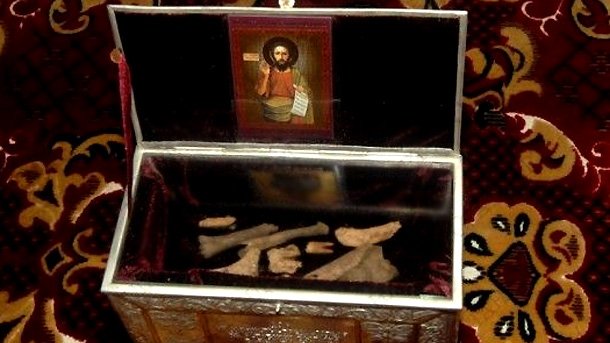
© Photo: archive

On September 6, 1885, Bulgaria again became a unified state. In an interview with Radio Bulgaria, history professor from Sofia University "St. Kliment Ohridski" Ivan Ilchev tells us more about the factors that led to the Unification, when the..
For Bulgarians, who cherish and honour the memory of their ancestors, 6 September symbolises the unification of their nation, which endured five centuries of Ottoman oppression while preserving its faith and identity. After the liberation of Bulgaria..
A cave lion tooth has been discovered during excavations at the cave dwelling ''Chaya'' near the town of Chepelare, announced Marin Gospodinov, director of the Museum of the Rhodope Karst. According to him, this is an exceptionally valuable and..

+359 2 9336 661
